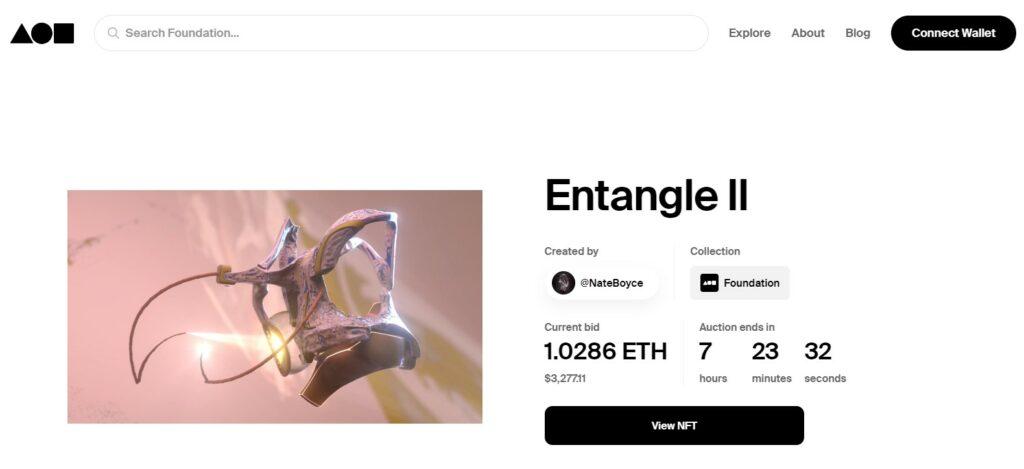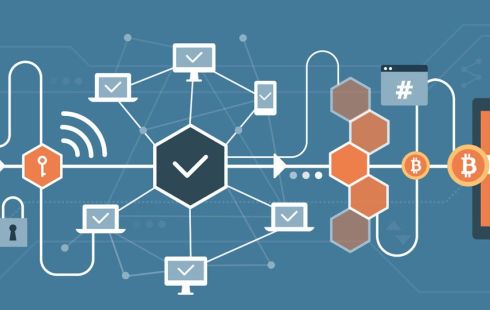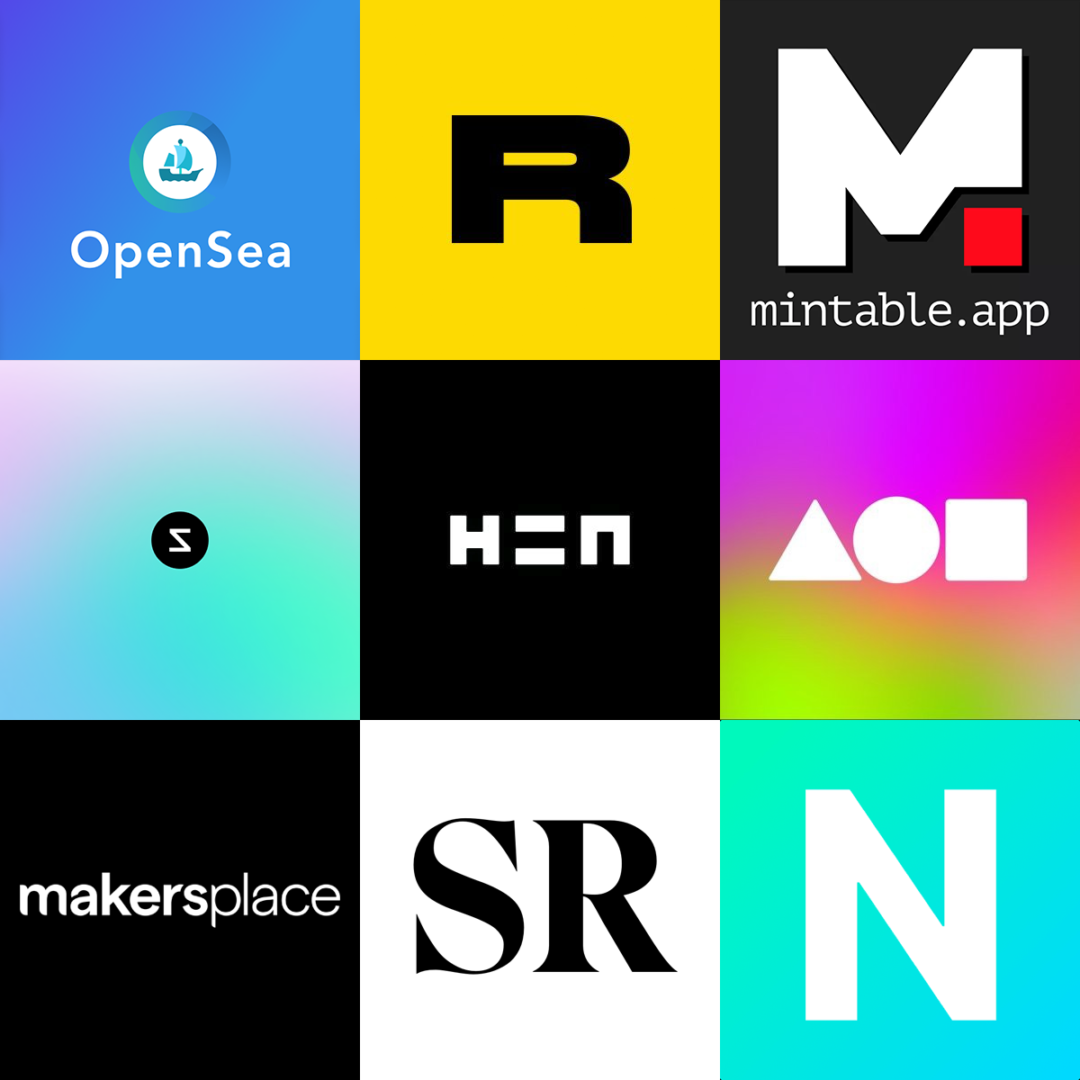

With the recent NFT craze, many creators are entering the market by sharing and selling their creative work (i.e. digital art, music, collectibles, games, etc.). But, the process still isn’t that easy and some fundamental questions are being often asked by the new creators who lack the technical knowledge to launch their collections.
• How can you create NFTs?
• What is the difference between creating and minting NFTs?
• What are the marketplaces, such as Opensea?
• Do I need to build a website or can do everything on Opensea?
• What is the most commonly used blockchain to mint NFT on?
We will answer all of these questions and highlight the key pros and cons of creating and minting NFT through a marketplace vs. doing it yourself. This article will pave the way for creators at the start of their journey with NFTs. We aim to guide creators to enter the NFT space and help them decide if this is something they can do themselves or if they need professional support.
What is the difference between creating and minting NFTs?
Creating NFTs is the process of building the assets that will be stored in a Non-Fungible Token (NFT). These assets can be anything (i.e. digital art, songs, collectibles, etc.). It is important to note that these assets will determine the type of the NFT. Minting an NFT is the process by which you publish that NFT onto the blockchain, once the NFT is published it will act as a certificate of ownership for whoever holds it representing the underlying assets previously created and uploaded.
Process overview
The process of creating NFTs is complex as it requires a degree of understanding of coding in order to properly create a smart contract with customizable parameters. However, NFT marketplaces have successfully streamlined this process by introducing a straightforward method through a user-friendly interface allowing anyone to easily mint their NFTs.
At its core the process of creating and minting an NFT goes as follows
• Determine the digital asset that will be turned into an NFT (i.e., art, ticket, contract, profile pictures (PFP), etc.)
• Identify the structure of the NFTs (i.e., hand-drawn artwork vs. generative artwork)
• Create and set the parameters of a smart contract that can accept the digital assets in order to bundle them into a Non-Fungible Token (NFT)
• Execute the smart contract on a compatible blockchain (Ethereum, Polygon, Solana, etc.)
• Launch the NFTs public sale by allowing people to mint them
• List the NFTs on an NFT marketplace to enable secondary market trading
Creating & minting NFT through the marketplace
Creation
• Simply by uploading the assets to the NFT marketplace, you can create the NFT and get it ready to be minted onto the blockchain, this is due to the easy-to-use interface offered by marketplaces allowing you to set specific criteria like features and metadata
Minting
• Once the NFT is created by uploading the assets, you can simply select the blockchain to mint on by utilizing a straightforward, user-friendly interface. Each NFT marketplace will offer specific blockchains to mint the NFTs on. Opensea, the biggest NFT marketplace by volume and size, is currently compatible with Ethereum, Polygon, Klayton, and Solana blockchain technologies. Minting through the marketplace will require minimal to no technical knowledge.
• An alternative way of minting is through utilizing lazy minting, this is the process at which you publish the NFTs and the buyers pay the price of the NFT plus the minting fees, thus offering a gasless minting process to the publishers.

Creating & minting NFT by yourself
Creation
• This will require you to create the assets or digitalize the assets and save them on your local computer to get them ready for minting onto the blockchain, you will need to upload each metadata and features manually and configure them through coding that requires sophisticated knowledge. Alternatively, there are ways to utilize templates to help guide you in the process of creating the smart contract, uploading the metadata to decentralized storage (e.g., IPFS), and deploying a landing page to allow minting of the NFTs.
A detailed video guide can be found by the team at codeSTACKr
Minting
• The minting process begins after the creation of the digital assets and uploading the content as an NFT on a selected blockchain which will make the NFT is transferable and tradeable. Minting processes can differ depending on the code specified in the smart contract, some opt for a fixed price minting while others choose a Dutch auction method. Alternatively, some projects offer “free minting” by allowing users to only pay the gas fees. All of this is coded in the smart contract during the creation process allowing flexibility and customization.
What is the most commonly used blockchain to mint NFTs?
Currently, Ethereum is the most common blockchain holding the biggest NFT projects in terms of size and trading volume. However, Ethereum has recently been congested and as a result, the fees are skyrocketing costing upwards of $50-$100 to mint and transfer a single NFT depending on the gas prices at a particular date/time. There are many alternatives that are on the rise, an example of a great alternative is Polygon which is a Layer-2 on top of Ethereum utilizing its own chain to mint NFTs thus offering a fraction of the cost at $0.05-$0.1 to mint or transfer NFTs. We also have Solana, Klayton, Tezos, and more.

Pros & cons to minting on the marketplace vs. minting yourself
Minting on a marketplace
Pros
• No technical skills required
• Lower cost – some marketplaces offer gasless minting which allows you to mint NFTs without paying gas prices, however, the marketplace charges a fixed fee of $1 – $2 per NFT minted
• Marketplaces offer a wide audience, which increased the exposure of your collection and potentially increases demand
Cons
• Some NFT marketplaces utilize a centralized storage system so when the marketplace is gone, data of NFTs stored will also disappear
• NFT marketplaces offer limited customizations to the NFT listing (for example, Opensea allows up to 10% maximum royalties on secondary market trades with no option to go higher)
• Fees – most NFT marketplaces charge fees for listing and trading NFTs (for example, Opensea charges 2.5% fees on each trade)
• Positioning – it’s like selling on Amazon, your products are lost amongst thousands of other products
Minting by yourself
Pros
• Full range of customization
• No fees
• Primary issuance of NFTs can directly be done on your website and then immediately listed on NFT marketplaces for the secondary trading, however, there will be a cost associated with creating a collection on the selected marketplaces
• Flexibility in selecting any decentralized storage to store the metadata of the NFT
• Branding and positioning in your control
Cons
• Technical knowledge required to set up the smart contract
• Attracting collectors to your website will require extensive marketing efforts
Conclusion
By studying multiple successful projects across the NFT industry the answer to the question mint on marketplace vs. mint yourself becomes simple and straightforward, do both. By utilizing the best of both worlds you can benefit from the pros of each method while subsiding the cons. The way to go about it would be to create the NFTs using the support of a technical person or learn how to operate a smart contract template yourself and then list your NFTs on a marketplace for the minting process or utilize lazy minting as mentioned in the article. This will allow you to utilize a full range of customization while benefiting from the liquidity provided by the marketplaces through secondary market trades.

